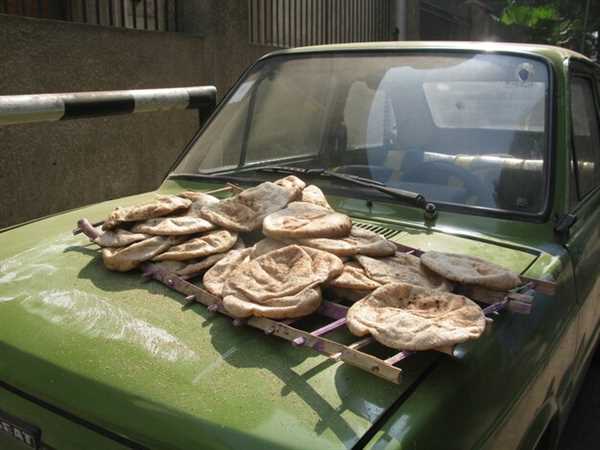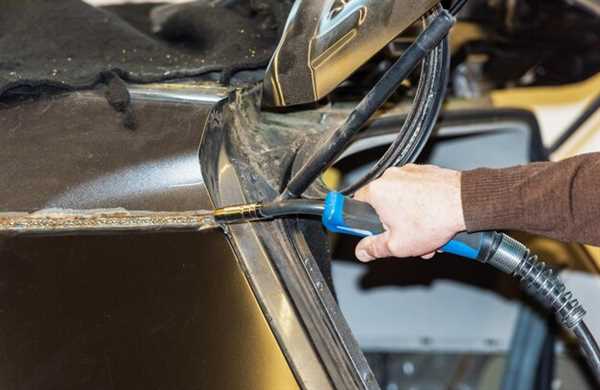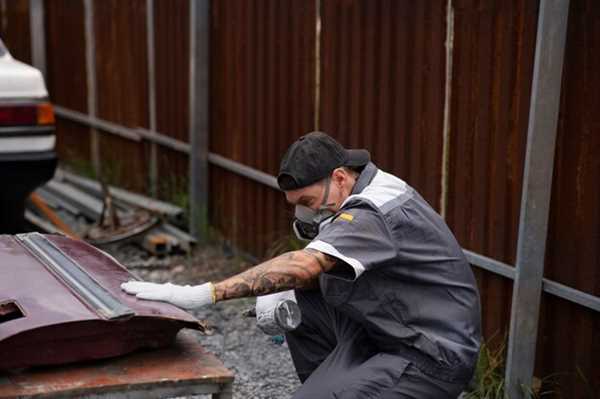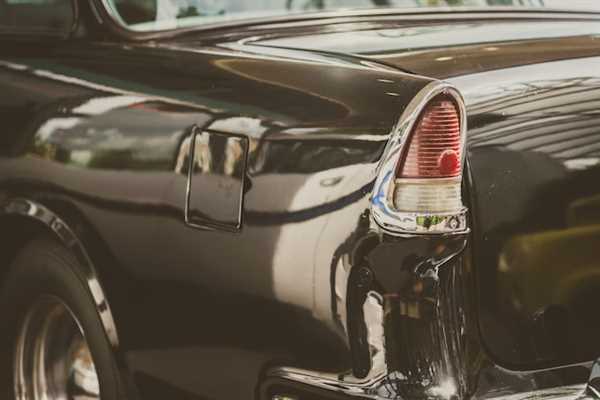
If you’re working on a vehicle with a twisted structure, consider using a frame machine to straighten it. This heavy-duty tool will help restore the chassis to its original specifications, improving safety and driving performance.
Before commencing any work, thoroughly assess the extent of the structure’s impairment. Use measuring tools to verify that all major points on the body align within acceptable tolerances. Accurate measurements will guide subsequent restoration efforts and minimize future complications.
After addressing structural issues, employ high-quality welding techniques for any replacements necessary. Ensure that new metal sections match the original ones in strength and type. Proper fusion is crucial to maintaining the vehicle’s integrity and preventing future failures.
Regular inspections during the restoration process cannot be overstated. They will help catch potential problems early, ensuring a smooth and safe operation once the vehicle hits the road again. By following these guidelines, you can effectively restore a damaged structure to a reliable and functional state.
Inspecting Frame Damage: Key Steps to Identify Issues

Begin by placing the vehicle on a level surface. Use a measuring tool to check the alignment of the wheelbase. Ensure that measurements from each corner to the corresponding corner are equal. Discrepancies indicate potential issues.
Next, visually examine the undercarriage for bends or breaks. Inspect mounting points and brackets; any deformation may signify structural impairments.
Utilize a straight edge or laser level to identify misalignments along key sections. Run this tool along the sides and diagonals to reveal bowing or warping.
Inspect the suspension components. Look for abnormal wear on tires or uneven gap between body parts as these can be indicative of hidden concerns.
Assess the welding points. Check for rust, cracks, or poor weld quality. Flawed welds can compromise strength and stability.
If equipped, use a frame machine to analyze structural integrity. This equipment can detect subtle imperfections that may not be evident through manual inspection.
Finally, consult repair manuals or specifications to compare with your findings. Confirm that all dimensions adhere to original factory standards.
Tools and Techniques for Frame Straightening
To restore a bent structure, use a hydraulic frame machine, which applies controlled force to realign components. This equipment is ideal for assessing and correcting any misalignment effectively.
Employ a laser alignment tool for precise measurements. It aids in determining any deviation from the original specifications, ensuring the structure’s integrity during adjustments.
Consider using a body hammer and dolly set for minor bends. This manual method, although labor-intensive, allows for more detailed adjustments when needed.
Chain come-alongs can be useful for larger adjustments, providing significant pulling power to shift the structure back into its original shape.
Always wear safety gear, such as gloves and goggles, when operating tools. Proper safety measures are crucial to avoid injuries during this process.
Using heat can be beneficial; however, it requires caution. Apply heat to specific areas to decrease rigidity, making it simpler to manipulate the material back into position.
Documentation of the process is vital. Keep records of measurements and adjustments made, which will be valuable for future reference and tracking the vehicle’s restoration history.
Safety Considerations During Frame Repair Process

Always wear appropriate personal protective equipment (PPE) such as gloves, goggles, and steel-toed boots to mitigate injury risks while handling dismantled sections or tools.
Ensure that the work area is well-ventilated, especially when using adhesives or solvents, to avoid respiratory issues. Use fans or open windows to improve air circulation.
Utilize proper lifting techniques or equipment, like jacks and hoists, to handle heavy components safely. This prevents strain and potential accidents during the lifting process.
Regularly inspect tools and machinery for wear and defects before usage. This reduces the risk of malfunction and associated injuries during operations.
Implement a smoke-free policy around flammable materials. Store solvents and other hazardous substances in designated containers away from heat sources.
Maintain an organized workspace. Clutter can lead to trips and falls. Keep tools and parts securely stored when not in use to prevent accidents.
Familiarize yourself with the vehicle’s specifications and repair manual. Knowing the manufacturer’s guidelines ensures correct procedures are followed to prevent later complications.
Before starting any alignment tasks, confirm that the car is secured properly, using wheel chocks to prevent rolling. This ensures stability throughout the procedure.
In case of any severe distortions in structural components, consider consulting a specialist rather than attempting to fix them independently. This ensures standards are met and safety is upheld.
When working near electrical systems, disconnect the battery to avoid shocks. Follow standard protocol for handling batteries and electrical components to ensure safety.
Keep a fire extinguisher accessible and ensure all participants are aware of its location. Preparedness can prevent minor incidents from escalating into hazardous situations.

